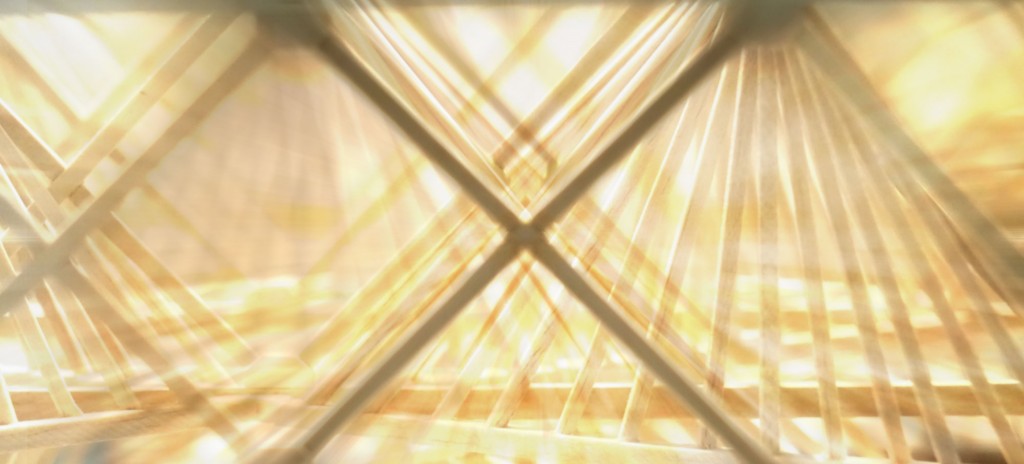So, you have your newly acquired Certificate from an accredited massage school and its time to fill the coffers with the steady flow of economic support that you dreamed of when you first decided to embark on the bodyworker’s journey. Or you have been at it for awhile and things aren’t going quite like you expected and you are wondering why? There is no “how to” blueprint that will apply to everyone and all their needs. There are obviously too many variants in goals and desires for that to be accomplished in one template.
So let’s explore the one question that was posed to me as a teacher of deep tissue massage and cranial work in the three schools where I taught. “How do I get my practice built?” And for the seasoned players, “How do I turn up the heat a little bit on my my tepid practice?” There are many underlying thoughts flying under the “conscious radar” which I believe need to be addressed.
[Read more…]
